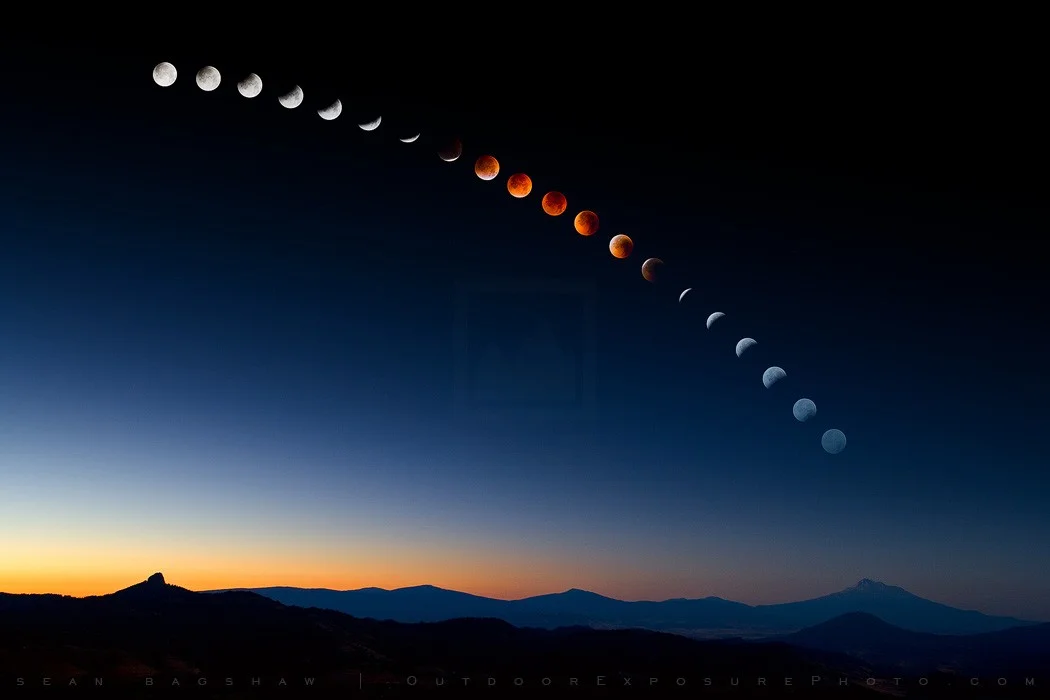Look Up for your Daily Mystery
Getting lost in the infinitive of the night sky is calming and relaxing and at the same time terrifying. I love looking up and thinking how trivial my issues and problems are in comparison to the expanse of the dark.
I thought I would share this beautiful picture by Sean Bagshaw Photography and Outdoorexposurephoto.com.
Moon Facts
The moon is the easiest celestial object to find in the night sky — when it's there. Earth's only natural satellite hovers above us bright and round until it seemingly disappears for a few nights. The rhythm of the moon's phases has guided humanity for millennia — for instance, calendar months are roughly equal to the time it takes to go from one full moon to the next.
Moon phases and the moon's orbit are mysteries to many. For example, the moon always shows us the same face. That happens because it takes 27.3 days both to rotate on its axis and to orbit Earth. We see either the full moon, half moon or no moon (new moon) because the moon reflects sunlight. How much of it we see depends on the moon's position in relation to Earth and the sun.
Though a satellite of Earth, the moon, with a diameter of about 2,159 miles (3,475 kilometers), is bigger than Pluto. (Four other moons in our solar system are even bigger.) The moon is a bit more than one-fourth (27 percent) the size of Earth, a much smaller ratio (1:4) than any other planets and their moons. This means the moon has a great effect on the planet and very possibly is what makes life on Earth possible.
How did the moon form?
There are various theories about how the moon was created, but recent evidence indicates it formed when a huge collision tore a chunk of Earth away.
The leading explanation for how the moon formed was that a giant impact knocked off the raw ingredients for the moon off the primitive molten Earth and into orbit. Scientists have suggested the impactor was roughly 10 percent the mass of Earth, about the size of Mars. Because Earth and the moon are so similar in composition, researchers have concluded that the impact must have occurred about 95 million years after the formation of the solar system, give or take 32 million years. (The solar system is roughly 4.6 billion years old.) New studies in 2015 gave further weight to this theory, based on simulations of planetary orbits in the early solar system, as well as newly uncovered differences in the abundance of the element tungsten-182 detected in the Earth and the moon.
Although the large impact theory dominates the scientific community's discussion, there are several other ideas for the moon's formation. These include that the Earth captured the moon, that the moon fissioned out of the Earth, or that Earth may even have stolen the moon from Venus, according to a recent theory.
Words by Charles Q. Choi
Source: Space.com

